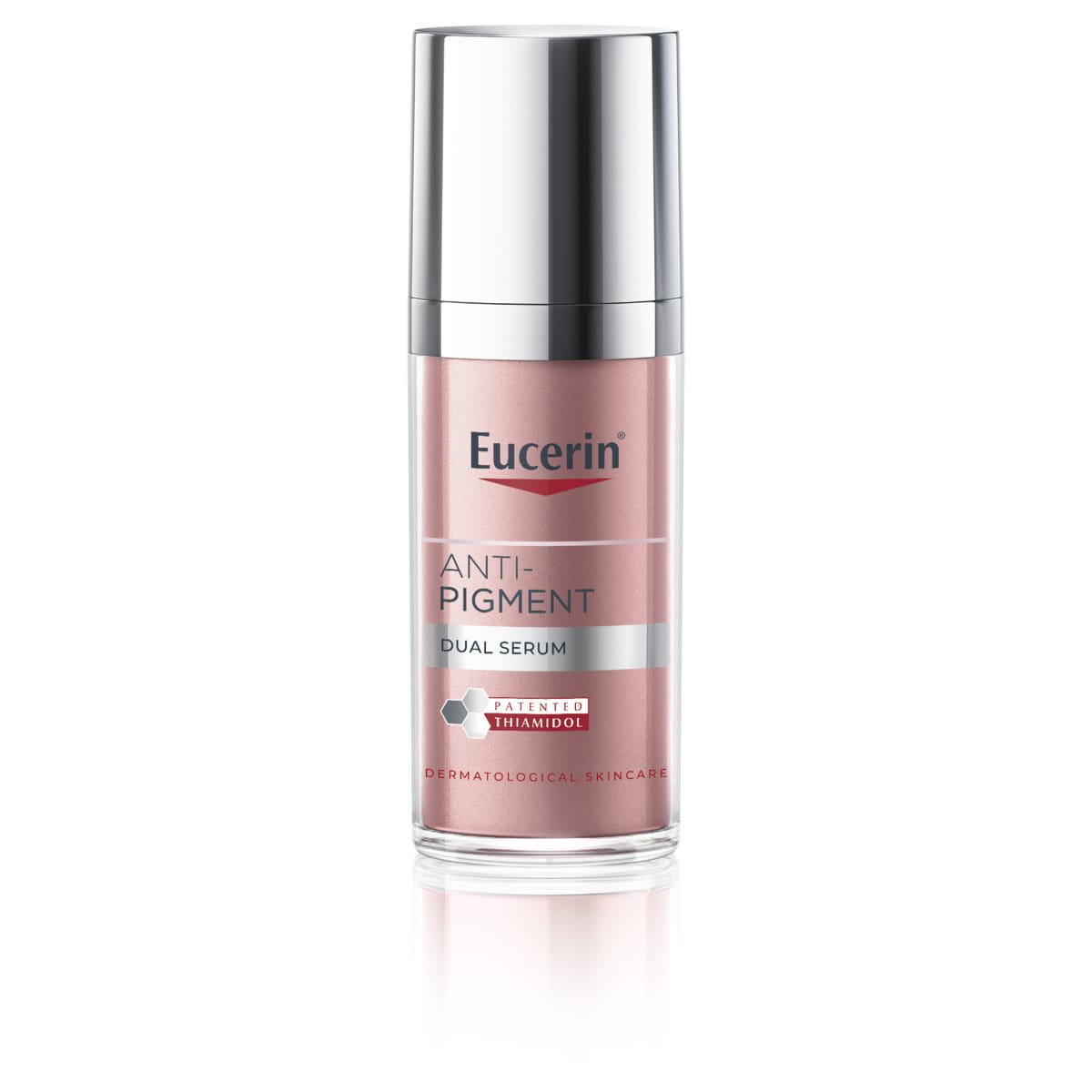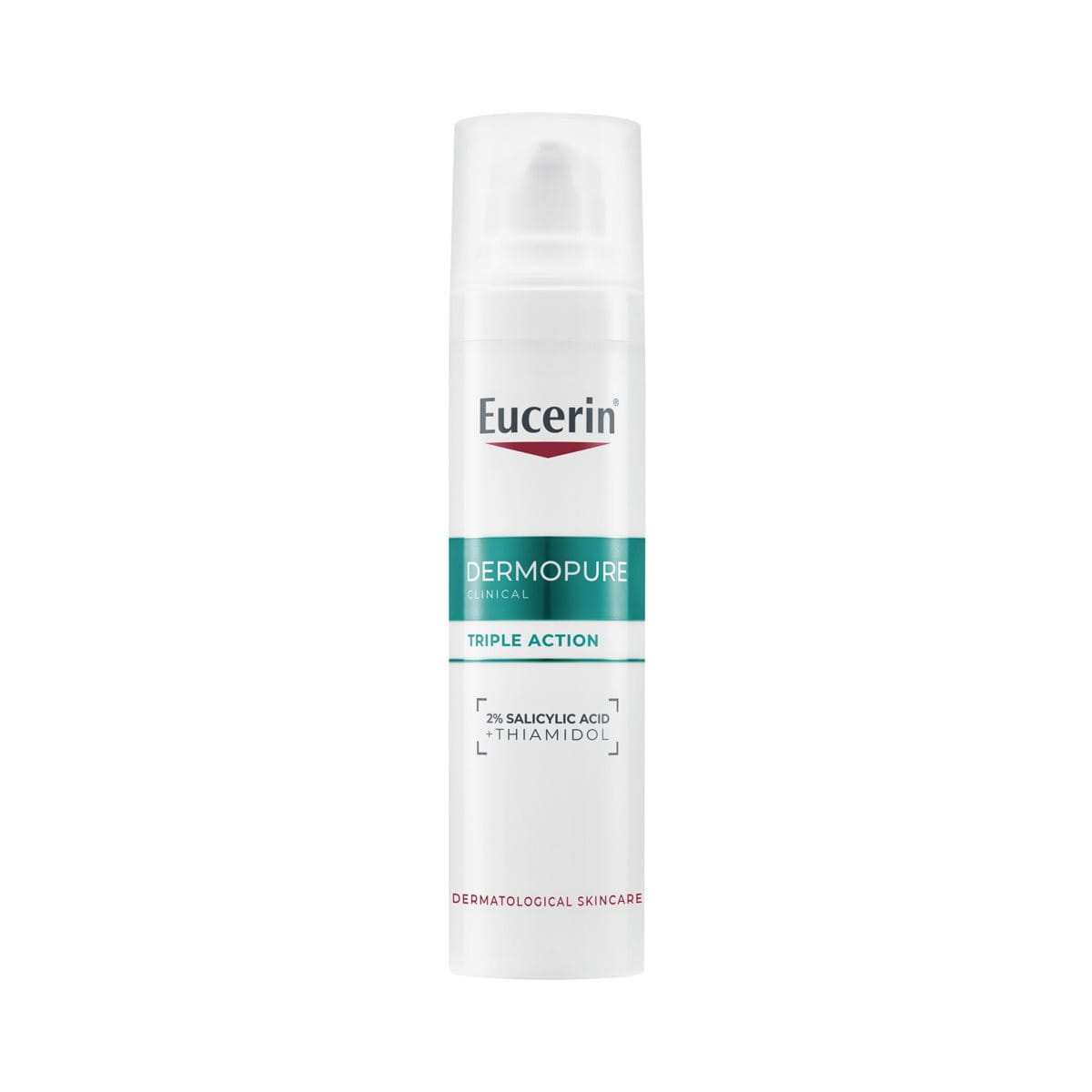Seborrheic keratosis (pronounced seb-o-ree-ik ker-uh-toe-sis) is a harmless, non-cancerous growth on the skin that is normally pale, brown or black. It's quite common, as many people will develop at least one seborrheic keratosis in their lifetime, usually from middle-age onwards. This article will explain potential causes, treatments and when to see a doctor.
What is seborrheic keratosis?
Seborrhoeic keratosis is a benign, warty spot and a common sign of skin ageing. This is non-contagious and tends to develop in later life, with 30% of people having one by the age of 40. It is unusual for children or teenagers to develop one. Seborrheic keratoses may also be referred to as seborrheic warts or basal cell papilloma.
Seborrhoeic keratoses (the plural) can arise on any area of skin, apart from the palms of the hands and soles of the feet. This makes the name slightly misleading because they're not limited to seborrhoeic distribution (scalp, mid-face, chest, upper back) like seborrhoeic dermatitis. These growths are commonly found on the back, chest, scalp, shoulder, groin or abdomen, usually forming slowly in groups, but also singly.
While the appearance of seborrheic keratoses can vary widely, there are a number of common features:
- Appearance: May look like raised moles, warts, like they’ve been stuck on to the skin, or skin cancer.
- Colour: Usually ranges from brown, black to light tan, but can also be yellow or white.
- Shape: Round or oval.
- Size: Varies from very small to over one inch in diameter.
- Texture: Commonly starts as a rough, bumpy surface that can crumble easily, gradually getting thicker, though can be smooth and waxy as well.
- Sensation: Not painful, yet seborrheic keratosis can become itchy or irritated. It's important not to scratch or pick at them because this can cause bleeding and possibly infection.
When to seek medical advice
It can be hard to tell the difference between harmless seborrhoeic keratoses and dangerous growths. Whenever your skin changes unexpectedly you should always seek professional advice. For diagnosis, a physician will carry out a physical and visual examination. Speak to a doctor if one of the following occurs:
- A large number of growths develop in a short period of time, especially if they bleed or don't heal - this could be a sign of skin cancer.
- Only one growth appears (seborrheic keratosis usually exists as several).
- An existing seborrhoeic keratosis changes in appearance.
- Some growths are a strange colour, such as purple, blue or reddish-black.
- They rub against your clothes and become itchy, irritated or bleed - you could choose to get these growths removed.
- The borders around the growths become blurred or irregular.
Seborrheic keratosis vs melanoma
Skin cancers can be difficult to differentiate from seborrhoeic keratoses. A warty growth that resembles seborrheic keratosis could actually be melanoma - a very serious type of skin cancer - basal cell carcinoma, or squamous cell carcinoma. If the width of a seborrheic keratosis is very thin, then there is a small possibility that it could be lentigo maligna, an early form of melanoma.
For the most part seborrheic keratosis is unlikely to be a sign of cancer. Many dermatologists will be able to diagnose seborrheic keratosis by eye and consider the growths as a minor nuisance. They can remove the growth for testing in a lab if there's any doubt. This skin biopsy will be examined by a trained pathologist, eventually helping to diagnose whether the growth is seborrheic keratosis or cancer.
Seborrheic keratosis causes
Doctors do not know exactly what causes seborrheic keratoses, however there are a number of recognised causes and risk factors:
- Age: Risk increases with age and seborrheic keratoses are more likely to develop for those aged 50 and over.
- Genetics: Those with a family history of the condition are more likely to develop seborrheic keratosis, and scientists suggest genetics could play a part.
- Sunlight: Seborrhoeic keratoses can follow sunburn or dermatitis, and growths commonly appear on areas exposed to ultraviolet light, although this is not the sole cause.
Researchers believe that it's unlikely that seborrheic keratoses are caused by viral infections. Skin friction may be a cause however, as the lesions tend to appear in body folds.
Seborrheic keratosis removal
In the majority of seborrheic keratosis cases, no treatment is required. However, a doctor could recommend having seborrheic keratoses removed if they're difficult to distinguish from skin cancer, the patient doesn't like how they look or if they become irritated by clothing or jewellry.
There are a variety of methods to remove a seborrheic keratosis:
- Cryosurgery: For thinner lesions, liquid nitrogen is applied to freeze off the growth using a spray gun or cotton swab. This can be repeated if necessary.
- Electrocautery and curettage: With the area numbed before the procedure, a surgeon applies an electric current to cauterise (burn) the growth. For curettage, the burnt growth is then scraped off using a curette, a scoop-like surgical instrument.
- Shave biopsy: Thinner lesions are removed using a sharp blade, similar to a razor.
- Ablation: Some growths can be vaporised with various laser treatments.
- Focal chemical peel with trichloroacetic acid
After removal, skin may be lighter at the site of the old growth but this difference in colour often blends in over time. Usually, a seborrheic keratosis won’t return but a new one may occur elsewhere on the body.
Our brand values

We deliver a holistic dermo-cosmetic approach to protect your skin, keep it healthy and radiant.

For over 100 years, we have dedicated ourselves to researching and innovating in the field of skin science. We believe in creating active ingredients and soothing formulas with high tolerability that work to help you live your life better each day.

We work together with leading dermatologist and pharmacist partners around the world to create innovative and effective skincare products they can trust and recommend.






